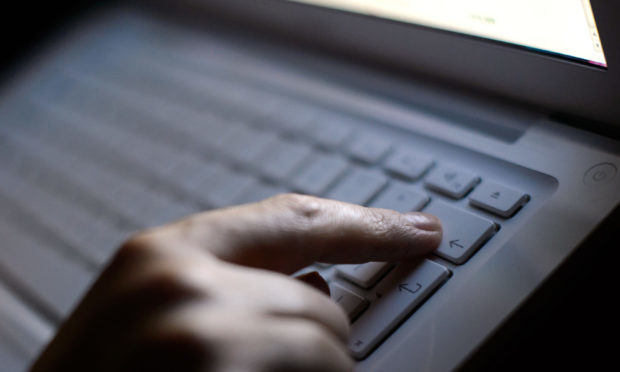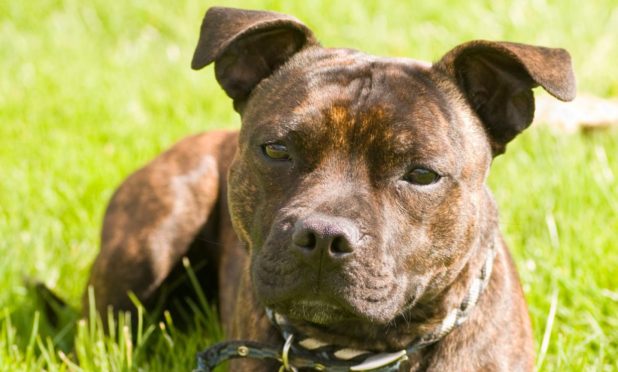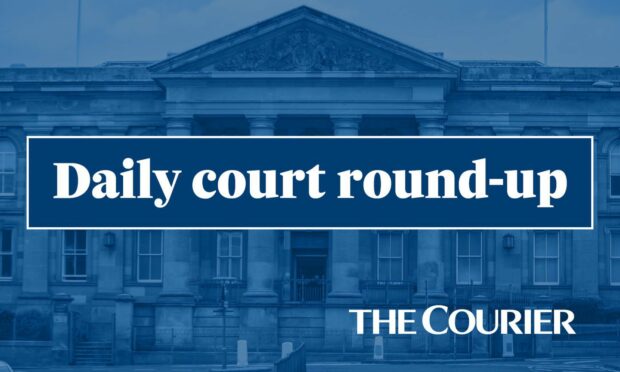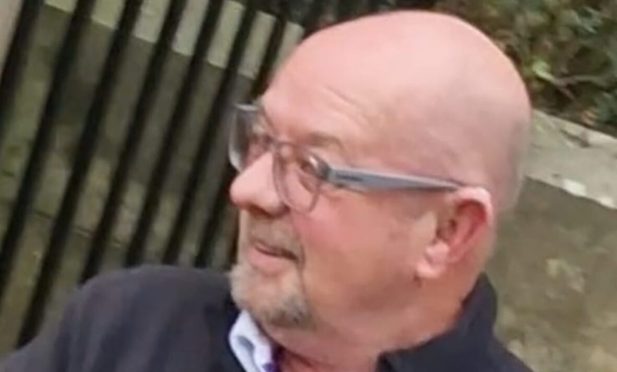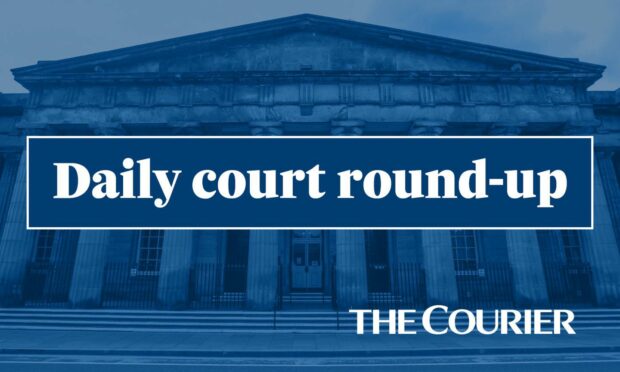The number of people appearing in Tayside and Fife courts on stalking charges is over twice as high as it was just two years ago, new figures show.
The stark increase has been seen almost uniformly across the region, with the biggest change at Kirkcaldy Sheriff Court which saw three times as many cases in 2015 compared to 2013.
The number of appearances in the first five months of this year are already above those from 2013 as a whole.
The figures, obtained under a freedom of information request, cover Dundee, Dunfermline, Forfar, Kirkcaldy, Perth and Stonehaven courts.
All have seen a noticeable rise, apart from Stonehaven and Perth – both of which remained static on zero and 23 cases respectively in 2013 and 2015.
In 2015, there were 201 appearances for stalking charges across the six courts, compared to just 84 in 2013. Between January and May 18 of this year, the figure was 105.
The data also showed the number of cases which led to imprisonment has been 14.2% this year – well up from the 5.95% in 2013.
A Dundee women’s charity welcomed the news, and said it was a signal more victims’ complaints were being treated seriously by police.
Mary Miller, manager of Dundee Women’s Aid, said: “What I believe the increase is down to is a more productive approach from Police Scotland and the Crown Office. They are now picking up where there is stalking. There is a better recognition when women are experiencing it.
“I see it as a positive thing that it has increased. I think there is a lot more publicity. It probably wasn’t taken as seriously in the past.
“People think there is anonymity online and in social media but you can always be traced. Police can still trace people through social media.”
In the 2014/15 Scottish Crime and Justice Survey, it was revealed that 6.4% of adults across Scotland experienced at least one type of stalking harassment in the last 12 months.
Among those, 45.0% had received unwanted emails and texts, 32.7% received silent, threatening or unwanted phone calls, and 21.9% were subject to obscene or threatening online contact.
The survey also found no statistically significant difference between the proportion of women and men who experienced at least one type of stalking and harassment, at 6.8% and 6.0% respectively.
Police chief superintendent of the licensing and violence reduction division, Barry McEwan, said: “Police Scotland recognises stalking as a serious form of abuse and a potentially dangerous crime. It can be a terrifying and debilitating experience for victims, their families and often their friends.
“Police Scotland is committed to providing a robust response, and our officers are trained to ensure that vulnerable individuals receive the support and protection they deserve when faced with the trauma of stalking, at the same time pursuing its perpetrators by all available means at our disposal.”
